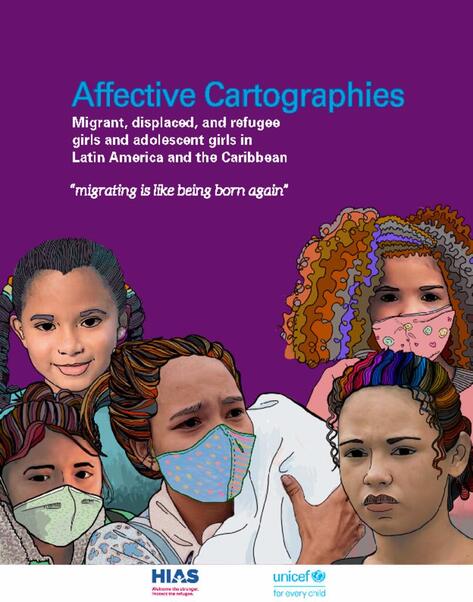Publications
Browse publications and reports from HIAS and our partners. Learn more about challenges and solutions for displaced people around the world.
Browse publications and reports from HIAS and our partners. Learn more about challenges and solutions for displaced people around the world.
Jul 5, 2023
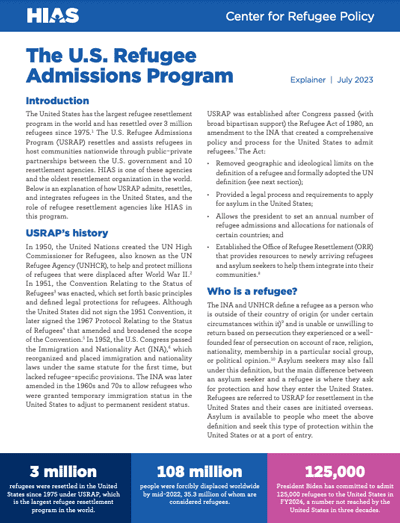
May 17, 2023
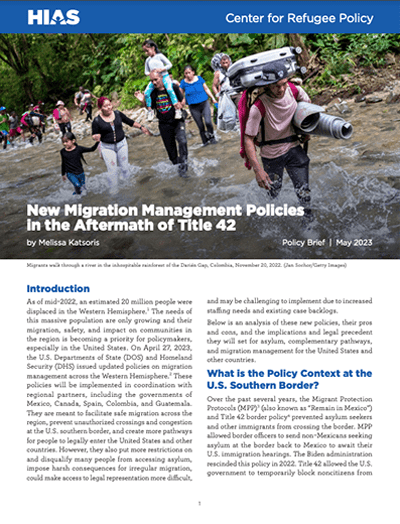
Apr 11, 2023
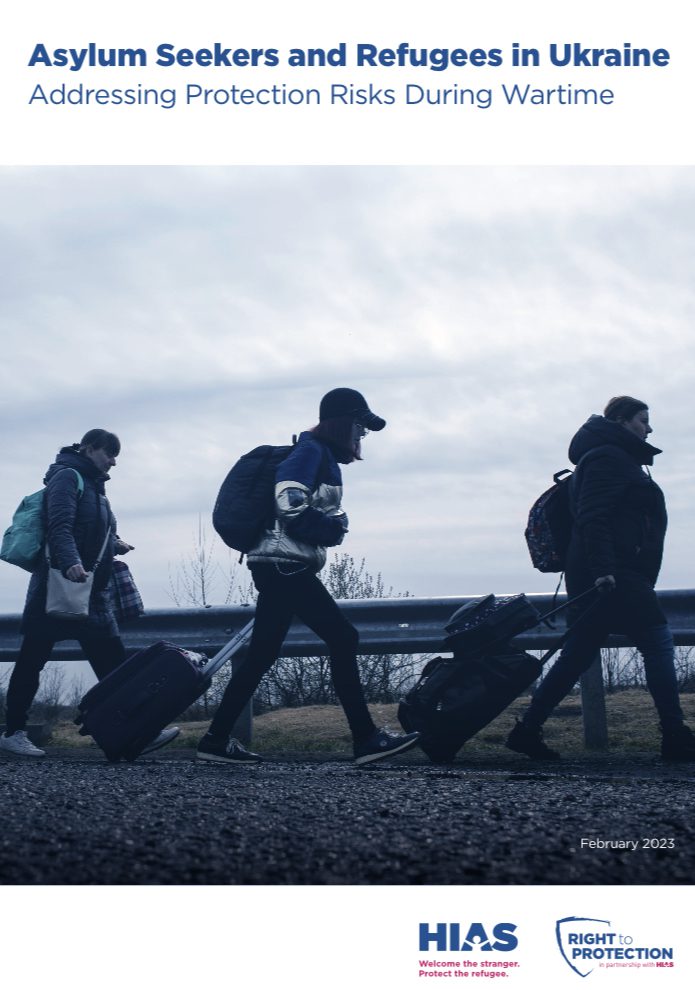
Mar 6, 2023
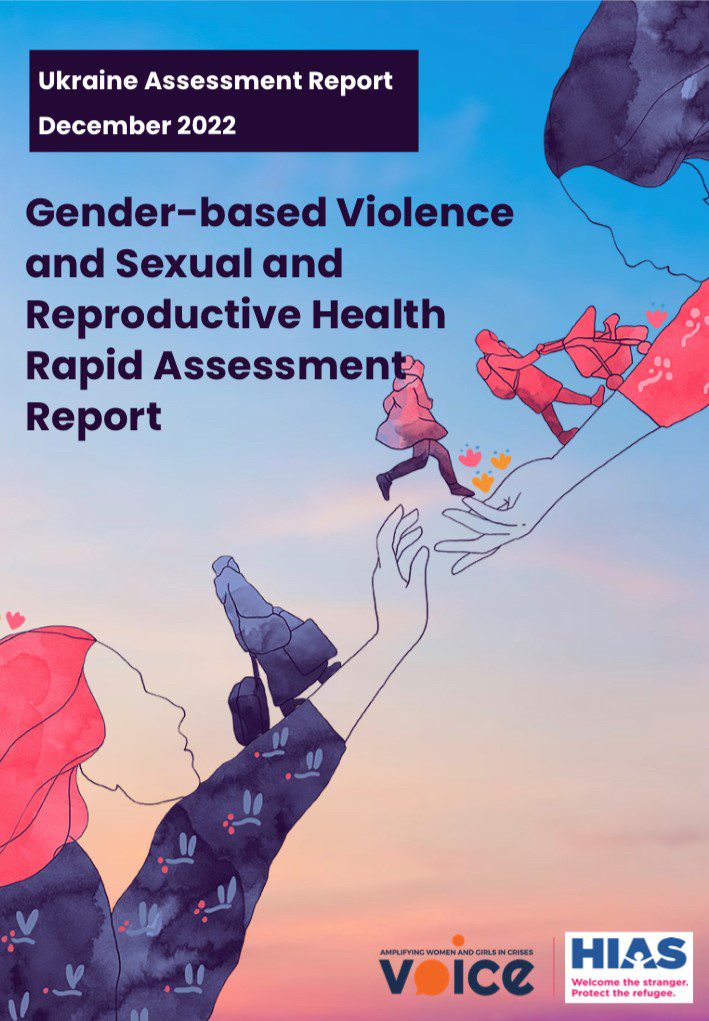
Jan 26, 2023
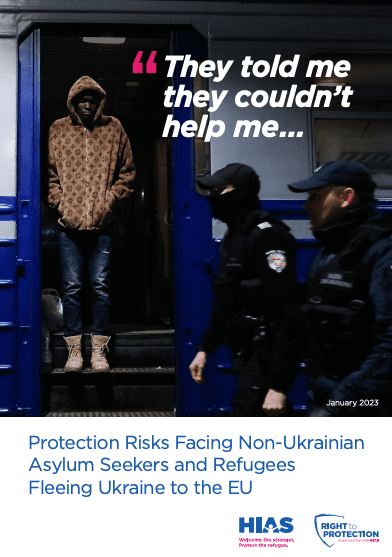
Oct 24, 2022
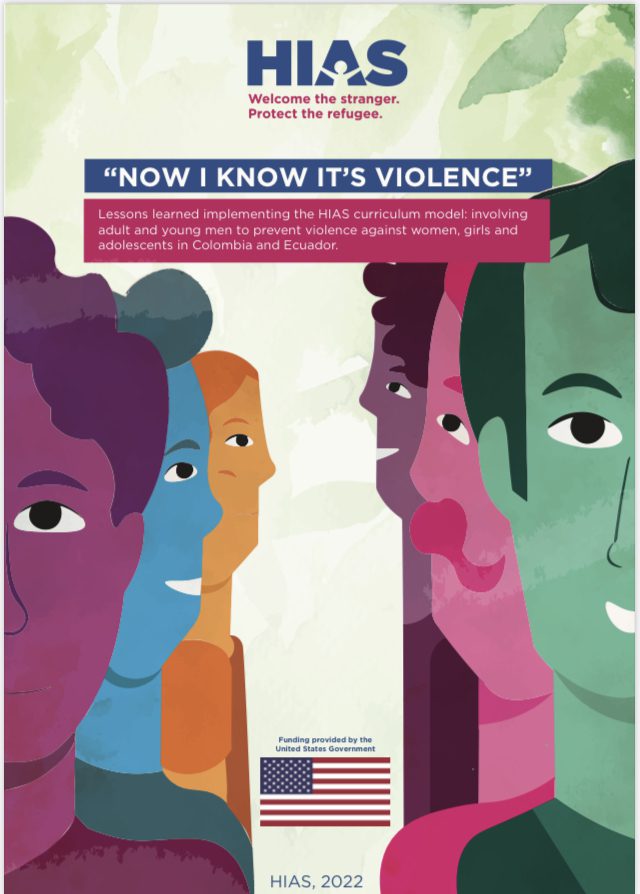
Jun 20, 2022
